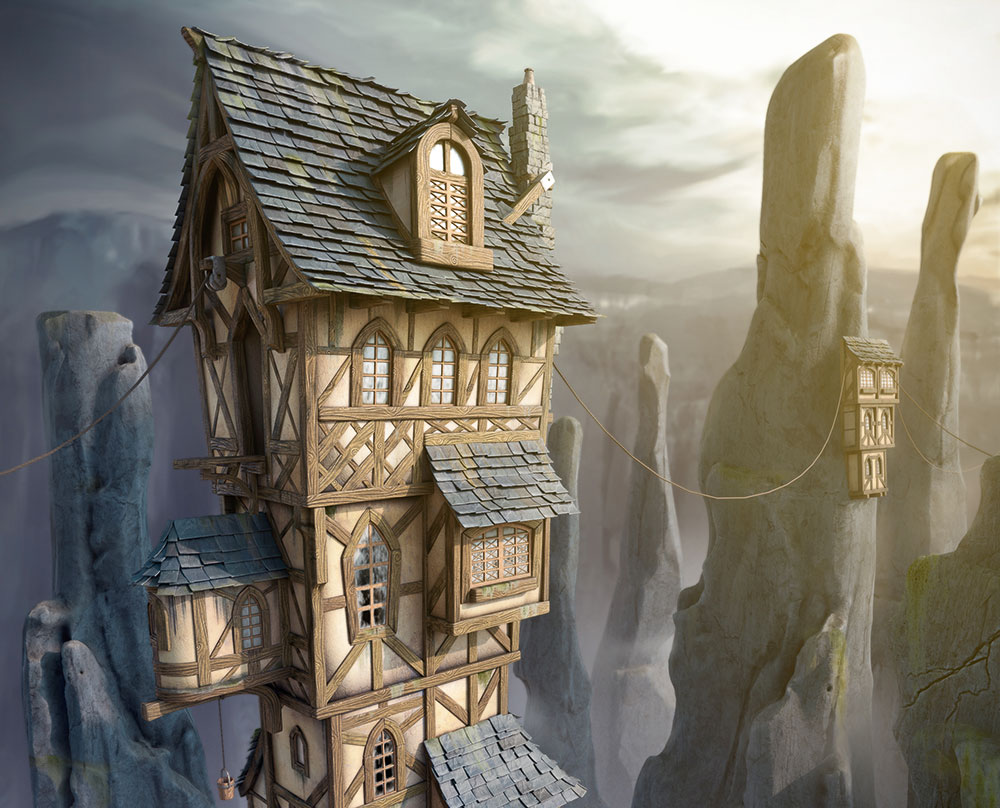
In reality these are three materials that we need to mix in some way to get the most realistic result possible. Instead of assigning different materials to different faces, we can assign the same material to a group of faces or to the entire object and mix shaders inside the node editor for a more dynamic interaction between these materials.įor example, we may have a metal material, but it is also covered in dirt and rust. We can also mix different shaders inside a single material to have more dynamic control over what real-world material goes where. It all depends on what goal we are trying to achieve and the workflow we choose to get there. Just like we are not limited to representing something using a single object in Blender or multiple. The point is that we are not limited to either a single material or multiple materials. Each part may then have it's own material. In other cases, we may want to represent the car using an object for every part of the car.
#Blender 3d textures how to
Related content: How to bake textures in Blender

We could do this in a process called baking. In some cases, it might be suitable to have the car be represented as a single object while simultaneously using multiple materials for different parts of the car.īut then again, we might want to combine all of these materials into a single material on the car. It is made up of several materials and pieces. It depends on how we choose to organize our objects. There is no interaction between materials on different faces and different materials assigned to adjacent faces leaves a harsh line dividing the materials.īut while this method is limited don't neglect it and use a single material on all your objects at all times. This is a limited way of mixing materials. Related content: How selecting works in Blender We can assign a material to one or more faces by going into edit mode, selecting the faces we want to have a certain material and pressing the assign button below the list of materials.
#Blender 3d textures plus
Click the plus icon next to the list to add a slot and add a material to the slot by pressing new below the list or by pressing the material icon to the left of the new button to add an existing material to the slot.Įach face on our object can only have a single material slot and therefore a single material. We can add as many slots as we would like, and each slot can have a single material attached. Here we have a list of the material slots added to our object. To find it, select your object, go to the material tab in the properties panel indicated by a red sphere icon with a checker pattern. We do this in the material tab in the properties panel. For a single object we can add one or more material slots that we occupy with materials. There are several layers where we can mix materials in Blender. Mixing and combining materials in Blender We will start with a bird's eye view and then look into various levels of mixing and different mixing techniques at each level. There are also slight differences between mixing textures and materials.

There are an infinite number of ways we can mix textures and materials together in Blender. Related content: How to add a texture to an object in Blender If you are completely new to materials, nodes, and shaders I suggest that you start by reading these articles before coming back here: Use a black and white input for the mix factor to tell Blender what PBR material goes where on the surface of the object.Use a mix shader to mix between multiple texture sets.Use a PBR texture set together with a principled shader node.This is how we can mix materials in Blender: There is rarely a single clean material that on its own can capture the essence of a surface and therefore mixing becomes a crucial part of the shading workflow.

Mixing materials and textures is essential for creating stunning shading results in Blender.


 0 kommentar(er)
0 kommentar(er)
